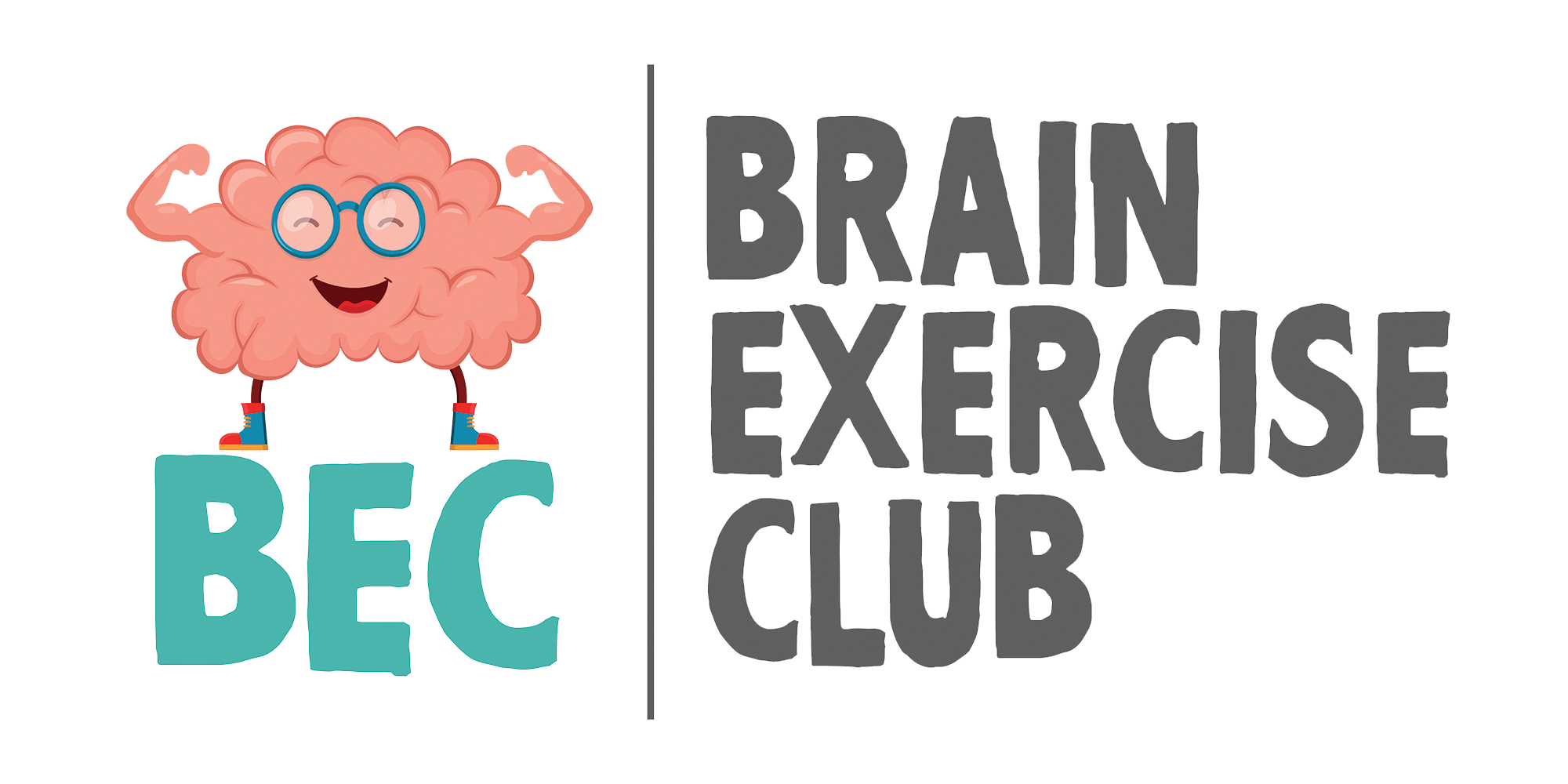
Dyslexia: Myths & Signs
- Posted by brainexerciseclub
- Categories Articles
- Date September 29, 2023
Did you know that dyslexia has an impact on 5-15% of the entire U.S. population? This translates to approximately 14.5-43.5 million individuals in the United States alone. Dyslexia is a frequently discussed topic among parents, especially when they notice their children reversing letters or encountering reading difficulties. However, it’s essential to delve deeper into the true nature of this condition.
The Real Nature of Dyslexia:
Dyslexia is not limited to mere letter reversals or the perception of scrambled words on a page. It represents a distinct learning disability that affects the way the brain interacts with language as a whole. People with dyslexia often encounter challenges when attempting to pronounce or blend words efficiently, but these difficulties do not arise from seeing words in reverse or out of order. Instead, they typically result from weaknesses in auditory processing or other cognitive skills that hinder the reading process.
The struggles associated with dyslexia extend beyond reading. Frequently, individuals with dyslexia face difficulties with memorization, verbal expression, written language, attention, and various other aspects of learning.
Dispelling Common Myths About Dyslexic Learners:
Several common misconceptions surround dyslexia that may not necessarily hold true for most individuals:
1. Dyslexia is indicated by reading backward or reversing letters. While many individuals with dyslexia encounter challenges with written language, research suggests that they do not perceive letters differently. Confusing similar letters is a common part of the learning process and not necessarily indicative of dyslexia.
2. Dyslexia can only be identified when a child is in school. In fact, there are early signs of dyslexia that can lead to a diagnosis as early as age 5. These early warning signs encompass difficulties with fundamental skills like rhyming, identifying initial and final sounds, maintaining focus, displaying little interest in letters or words, struggling with alphabet recitation, slower speech development, and often mixing up words, directions, or patterns.
3. Dyslexia results from a lack of exposure to written words. This notion is entirely false. Dyslexia is a neurological condition characterized by differences in how various areas of the brain communicate, and it cannot be prevented by exposure or reading aloud.
4. Dyslexia is a vision problem. Dyslexic individuals do not perceive words differently from mainstream readers. The primary issue lies in auditory processing, which is the underlying reason for their reading and language difficulties.
Genuine Indicators of Dyslexia:
So, how can one recognize dyslexia in school-age children, teenagers, and adults? Here are some common signs:
– Avoidance of activities involving reading
– Reading proficiency significantly below their grade level
– Spending an excessive amount of time on reading and writing tasks
– Struggles with spelling, recognizing word similarities, or providing the correct answers to questions
– Difficulty recalling items in a sequence
– Pronunciation challenges with new words
– Difficulty comprehending verbal instructions
– Struggles with both silent and aloud reading
– Trouble paraphrasing or summarizing information
– Frequent mispronunciation or word substitutions
– Difficulty grasping jokes or idiomatic expressions
Brain Training for Enhanced Reading Skills:
While Brain Exercise Club does not offer a dyslexia diagnosis or treatment, our reading training program has proven immensely beneficial for numerous dyslexic learners. Between 2010 and 2018, over 2,200 dyslexic students completed our reading training program and witnessed remarkable progress. They exhibited growth of over 3.7 years in all cognitive skills, with an astounding improvement of 5.7 years in auditory processing—the primary skill underlying reading difficulties.
Whether you have an official dyslexia diagnosis or suspect that reading challenges are hindering you or your child’s progress, reach out to us today to explore how brain training could provide assistance. By addressing the core skill deficiencies that make reading a struggle, you can enhance your confidence, fluency, and proficiency in reading, thinking, remembering, and more!
You may also like

Essential Skills for Children to Thrive in Kindergarten and Beyond

Positive Reinforcement for the ADHD Brain

